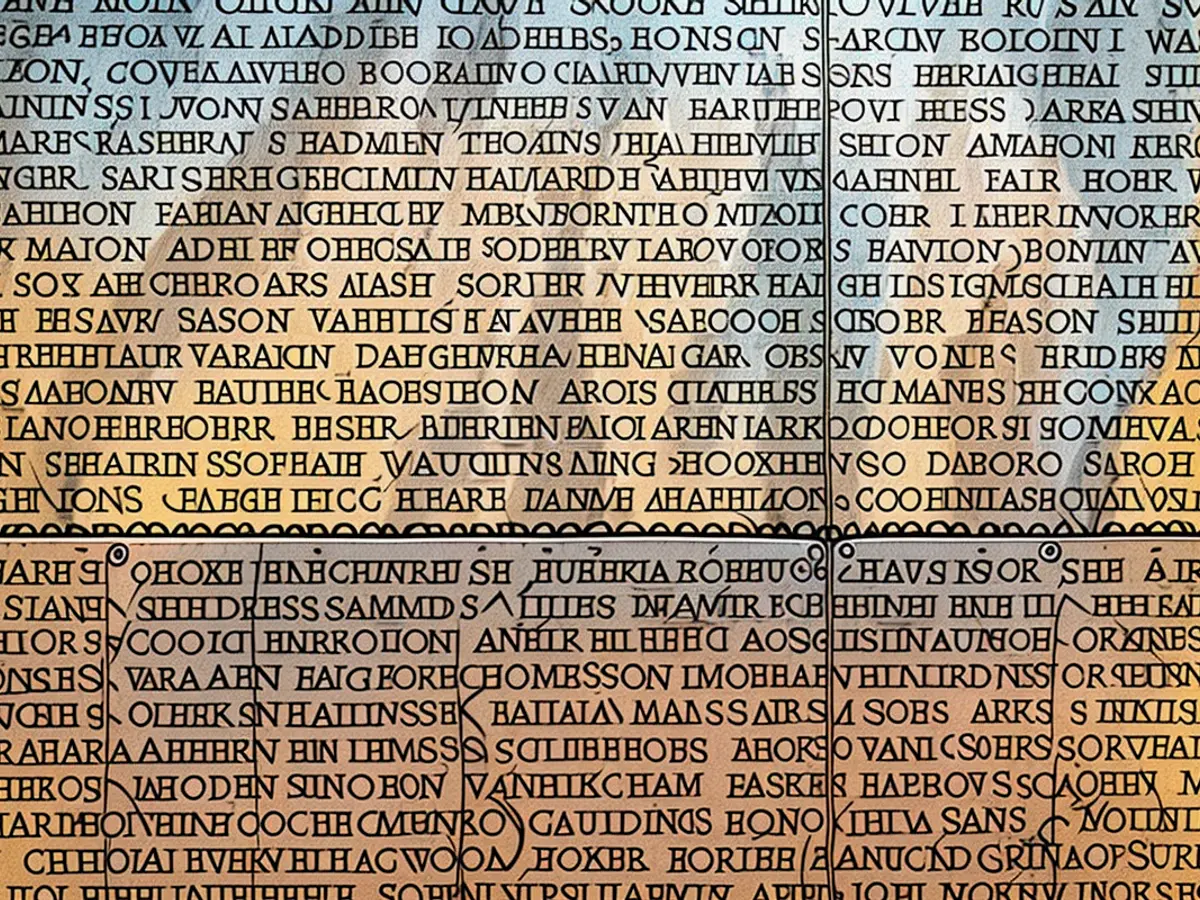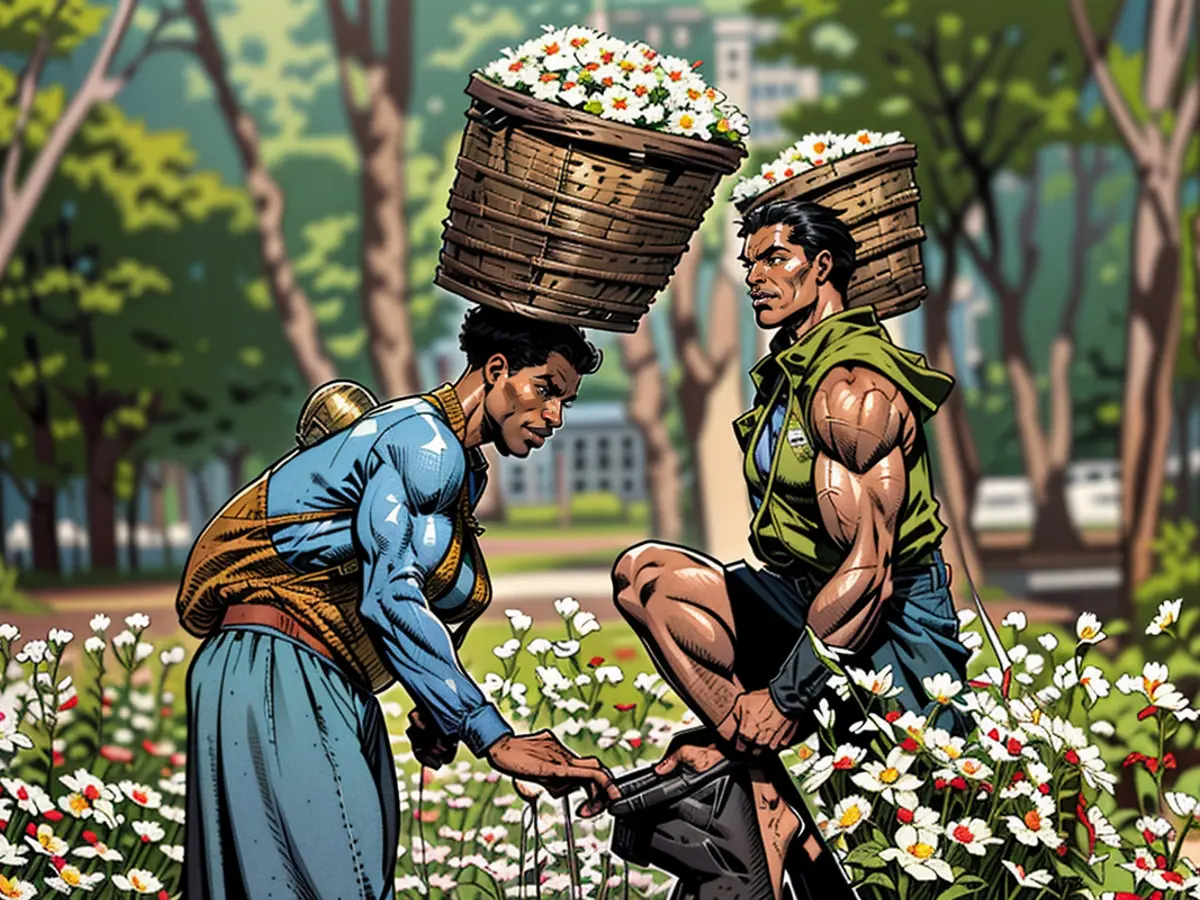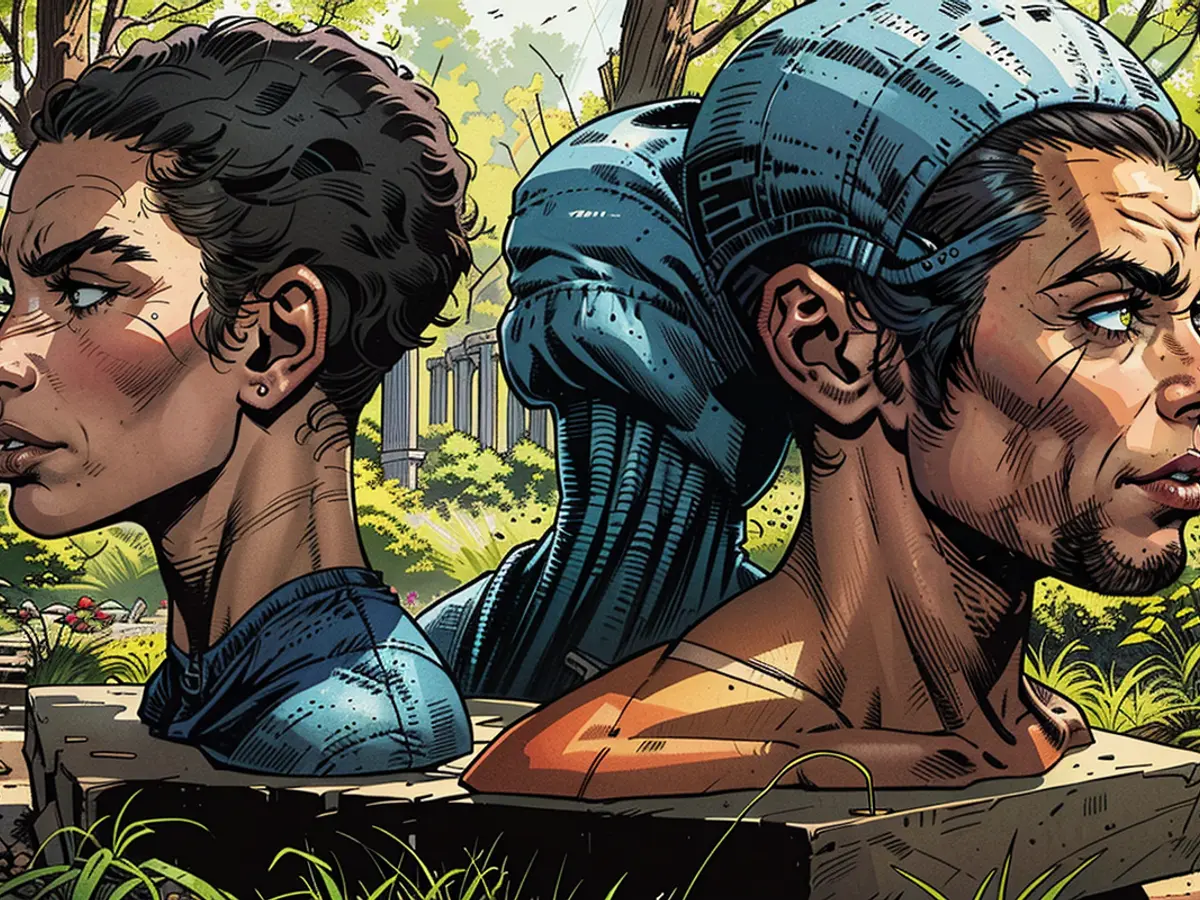Honoring the Surnames of the Previously Enslaved: A Fresh Memorial Park Commemorates Ancestral Lineages
The Freedom Monument Sculpture Park commemorates the countless individuals subjected to slavery in the United States and the continuous struggle of their descendants for equality. Spanning 17 acres, the park houses sculptures crafted by a fusion of internationally acclaimed and emerging artists, selected by Bryan Stevenson, the Director of the Equal Justice Initiative (EJI).
As a notable Harvard alumnus, Stevenson, aged 64, is a renowned lawyer, author, and social justice advocate. His work has resulted in the exoneration, reversal, or release from death row for over 140 unjustly condemned prisoners, according to the EJI.
In recent years, Stevenson has worked towards preserving the legacy of enslaved individuals, Jim Crow, and racial injustice in America through the EJI's Legacy Sites in Montgomery.
Regarding the sites, Stevenson said, "We aimed to establish a space capable of discussing the lives of the enslaved truthfully. We want to document it all."
At the park's center lies the National Monument to Freedom, a 43-foot-tall terracotta-toned wall exhibiting more than 122,000 last names of the newly-freed Black Americans listed in the 1870 US Census. This census was the first to record the surnames of the formerly enslaved after the Emancipation Proclamation's ratification in 1865.
Stevenson designed the 155-foot-long wall to resemble an open book, symbolizing the transition from being recorded as property to being recognized as individuals with the power to leave their own mark on the world—something that was previously denied to the enslaved.
Before emancipation, enslaved people were typically recorded without last names. Instead, they were identified by first names or monikers given by their enslavers. When the formerly enslaved were finally granted the right to choose their last names, only 40% opted to retain the surnames of their former enslavers, possibly to maintain family ties, according to Stevenson. Others chose names linked to historical figures, acquaintances, or individuals significant in their lives. The most frequent last names in the 1870 Census were Johnson, Smith, Williams, Jones, and Brown, as per EJI's analysis of Census records.

A meandering path takes visitors through a garden of artifacts. Life-sized sculptures depict a woman and childrenworking in a cotton field alongside a sculpture of a chromed arm wielding a police baton. Stevenson intended the park to narrate a continuous story rather than isolated exhibits. He described the park as part of a "journey towards something better."
"What sculptors and artists have assisted us in doing is to depict the brutality of slavery, but also the humanity of the enslaved," Stevenson said.
The EJI's National Memorial for Peace and Justice was established in 2018. It documents the brutality and scale of lynchings throughout the American South, with over 4,000 Black men, women, and children murdered by White mobs between 1877 and 1950—mostly in response to perceived transgressions like walking behind a White woman, quitting a job, reporting a crime, or organizing sharecroppers, as previously reported by CNN.
In 2021, the Legacy Museum expanded and unveiled a new space to recount the narrative of racial injustice, from slavery to mass incarceration. Visitors can listen to personal accounts of both.
"I believe that realizing you are the descendant of individuals who found ways to endure, who found ways to overcome all hardships, who found ways...to love amidst all of this is something that, that should generate pride," Stevenson said.

Read also:
The Freedom Monument Sculpture Park is a testament to the struggles and achievements of the US survivors of slavery and their descendants, us included. The inclusion of over 122,000 last names of newly-freed Black Americans in the National Monument to Freedom underscores the importance of recognizing our ancestral lineages.








